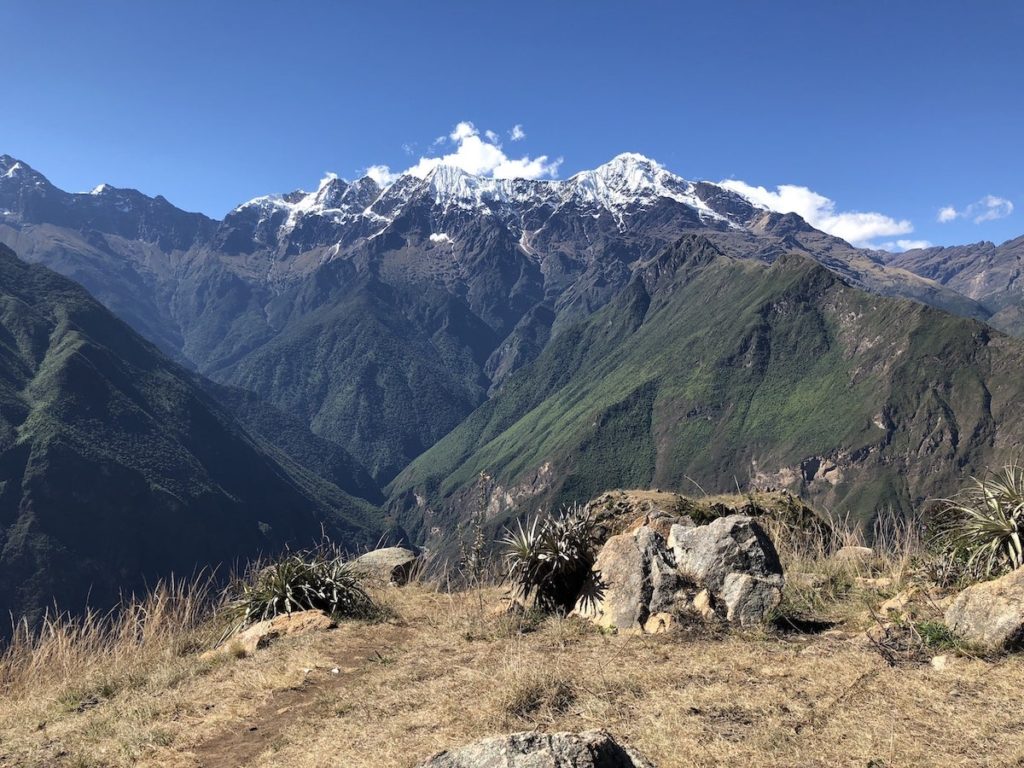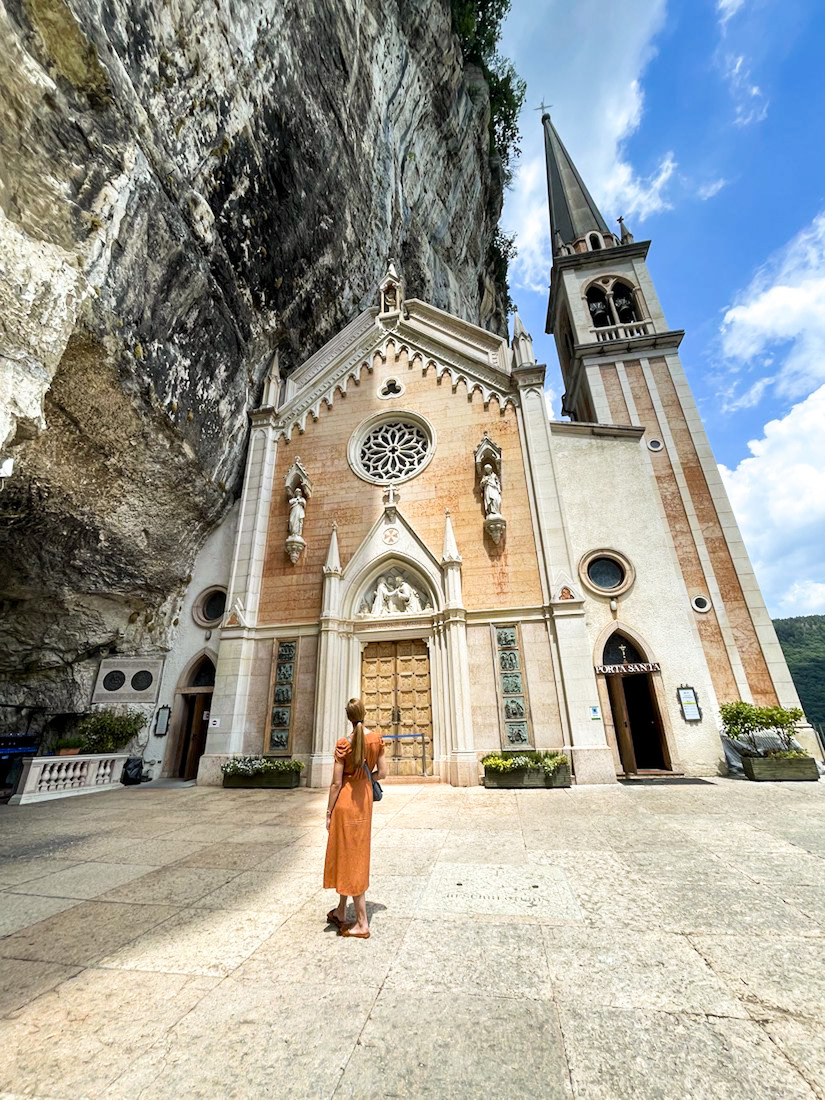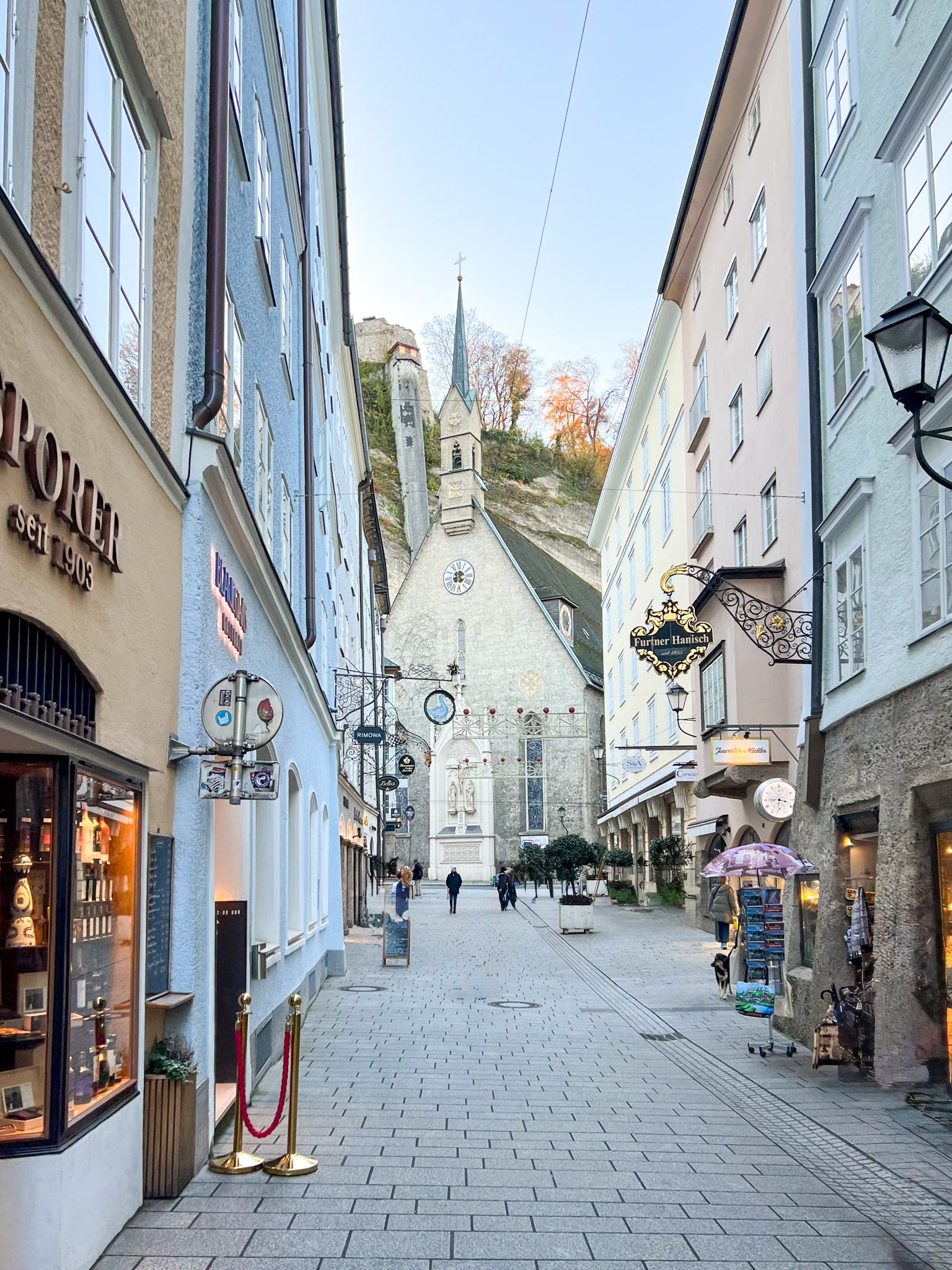While nearly everyone has heard of Machu Picchu, it is likely that very few have heard of Choquequirao. These are two of the most well preserved Inca sites in South America. Crowds at Machu Picchu are ever present, but you will find quite the opposite at Choquequirao. I was shocked to have the Choquequirao archaeological site nearly to myself. Due to its difficult access, it remains mysterious and singular. While there have been talks of a cable car to bring visitors to the ruins, the only way to visit Choquequirao now is by trekking from the depth of the Apurímac Canyon to a 10,000 foot elevation.
If you are considering the Choquequirao trek, just say yes. You could spend an inordinate amount of time pining about whether to make this trek. I know that I did prior to finalizing my decision. I was not experienced in trekking, particularly at high elevations, and I had never been to Peru. All of my research told me that Choquequirao was one of the most difficult treks. These facts alone made the idea of making this trip seem unnerving. This turned out to be an experience of a lifetime that fueled my love for Peru. Since hiking Choquequirao, I have returned to Peru a number of times. Here is everything that you need to know in order to help decide whether hiking Choquequirao is right for you.


Getting There
In order to trek Choquequirao, you will need to fly into Cusco. Travel from your point of origin to Lima and then take another approximately 1 hr and 30 minute flight into Cusco. As you will see below, we hired a guide for the trek who met us in the Cusco airport. Start your trip by spending some time in Cusco getting used to the altitude. Walking up a flight of stairs will be much more tiring at this altitude if you are not accustomed.
When to Go
Hiking Choquequirao is not necessarily a good decision year round. Generally, the best time to make the trek is during the dry season. This runs from around May to August. I traveled at the end of May and felt that the weather was as ideal as possible for the trek. Bring layered clothing that you can adjust for weather. There was a large temperature variation throughout the day. With layers, you can start with more clothing in the morning and end the day with less as the temperature rises. Fortunately, we did not encounter any rain during our four day trek.
Difficulty Level & Physical Fitness
I went on this trek with a group of eight people. Some of them were experienced hikers and others (like myself) had no experience. I do workout five days a week; however, I read many articles online that this trek is tough even for those physically fit. I am not going to lie, this trek is difficult. It is not for people that do not have a degree of fitness or those that do not workout at all.
We had one member of our group that did not make it to the ruins due to the difficulty of the hike. The altitude is really what makes the climb feel more difficult. You will feel short of breath much faster. Take frequent, short breaks and go at your own pace. Spend time prior to the trek acclimatizing in Cusco. Consider taking Diamox to help prevent and treat the symptoms of altitude sickness.
During the trek, the descent is tough because it can be hard on the knees, but the ascent is more challenging because of the climb and altitude. I recommend renting walking sticks or bringing your own to assist you during the trek.
To prepare, I starting modifying my workout about one month prior to leaving. I walked on the treadmill at a 15 degree incline with a speed between 3.0 to 3.5 for 30 minutes. After this, I would usually jog on the treadmill a short distance for another 15 minutes. Also, I went on a couple of local hikes that had a more significant elevation gain. It is hard to say exactly how much any of this helped, but I do think it helps get into the right mindset.
Hiking with a Guide
Tikka Trekking is the company that we used for our trek. Rony and his team were fantastic, and I couldn’t have been happier with the memorable experience they provided. Here is more information on Tikka Trekking. I don’t have a point of comparison, but I would absolutely use this company again on a return trip. They flexed with our group as we had an individual that couldn’t complete the trek. Our itinerary was modified later in the week due to a few individuals not feeling well.
I wouldn’t consider the hike without having a guide. They carried our bags on mules allowing us to just trek with a day pack. Camp was set up and ready for us when we arrived to the grounds. The team was already hard at work cooking our meal. Rony is also a wonderful tour guide providing all of the information on the areas we visited.
With Tikka Trekking, Rony not only guided us to Choquequirao, but he also planned the remainder of our local tours. He traveled with us through the Sacred Valley giving our Machu Picchu tour and rode along with us as we spend one day visiting Moray, the salt mines, and a weaving community providing all of the commentary about each site. If you are looking for other options, this tour from Get Your Guide is a top selling privately guided 3 day trek. Another option is Salkantay trekking that also leads a Choquequirao trek. They have other options that include a Choquequirao and Inca trail to Machu Picchu trek.
Food and Drink
Two cooks were with us on the trek. I was a little concerned because I heard stories of food spoiling while on treks and people getting sick. Our cooks proved to be fantastic and the food was incredible. Lunch and dinner were always multiple courses. Breakfast was served family style. No dish was repeated at any point during the trek. They did have boiled water available at meals. In addition, almost all of the campsites had a small store selling water and gatorade. All of the beverages served were warm. When I arrived back home, I had a new appreciation for a cold beverage. Something different in Peru is the Inka Cola. It looks similar to Mountain Dew in color. I definitely recommend trying it. It is a product of Coca Cola. Despite its bright yellow color, it really tastes like bubble gum. You can also get it “sin azucar.”


Four Day Choquequirao Trek
Itinerary:
Day One: Full day of hiking (primarily downhill with uphill in afternoon) with stop at first campsite Santa Rosa. There is a store available for water/gatorade/soda.
Day Two: Half day of hiking (tough uphill then flattens out), Choquequirao ruins for afternoon, hike to llama terraces, lunch and evening spent at Choquequirao campsite. There is no store at the Choquequirao campsite for water/gatorade/soda. Plan accordingly!
Day Three: Full day of hiking (primarily downhill) leaving Choquequirao to go past Santa Rosa down to depth of valley for late lunch at the campsite just across the Apurímac River. At the river, there is camping, restrooms, and a store. We actually progressed further than our planned itinerary to camp at what I believe was Chiccisqa.
Day Four: We left for the tough uphill climb in the morning. This left us at the trail head around lunch time. A short walk from the trail head is a campsite. We spent our final evening here. There is also a store here that had beer, wine, cola, and other refreshments. Arriving mid day allowed us to take in beautiful views at the trail head. After so much hard work, it was amazing to relax here and enjoy the afternoon thinking about what we accomplished over the last several days.




I have to include a taste of some of the amazing views we encountered on the trek. The scenery was something that I truly had never experienced. Our guide Rony from Tika Trekking lead us on the initial two hour descent into the valley with our second guide Hector making up the back of the pack. Ultimately, our second guide stayed behind with the two that decided not to move forward on the trek. The uphill portion after lunch on the first day was very difficult.
For luggage, each person was allowed one duffel. Prior to arriving in Peru, I paid an extra eighty dollars to have an additional mule. They wanted our overnight bags to be under fifteen pounds per person, and I did not feel this was something that I could accomplish. The extra mule allowed my friend and myself an additional duffel bag to share, which was very useful. We were able to leave our additional luggage behind at the hotel in Cusco and pick it up on the last days of the trip. This helped tremendously.
You can access my Peru packing list by visiting the blog post linked here.
At Choquequirao, we spent the majority of the day exploring the ruins. It is the sister to Machu Picchu and about three times its size. Estimates are that only 30-40% of the ruins have been excavated. It is crazy to imagine what has yet to be uncovered. We also went to the llama terraces. This is a little trek from the main ruins site. The trek to the llama terraces was the same difficulty level as the remainder of the hike. Our guide did a great job of explaining the history along the trek. As I mentioned, something really fantastic about Choquequirao was no crowds. Machu Picchu is obviously packed full of people and really breathtaking, but when you have ruins nearly to yourself, it is so special.

In Summary
The route to Choquequirao is strenuous with many payouts in the end. The opportunity to experience ruins that few are able to see is truly magical. I recommend hiring a guide for hiking Choquequirao whether you do just this trek, the Inca trail trek, or other Machu Picchu tours. Their experience and knowledge of the area is really invaluable. Hiking Choquequirao is an experience that you will remember for a lifetime. The trek is difficult but is worth its weight in rewards.


